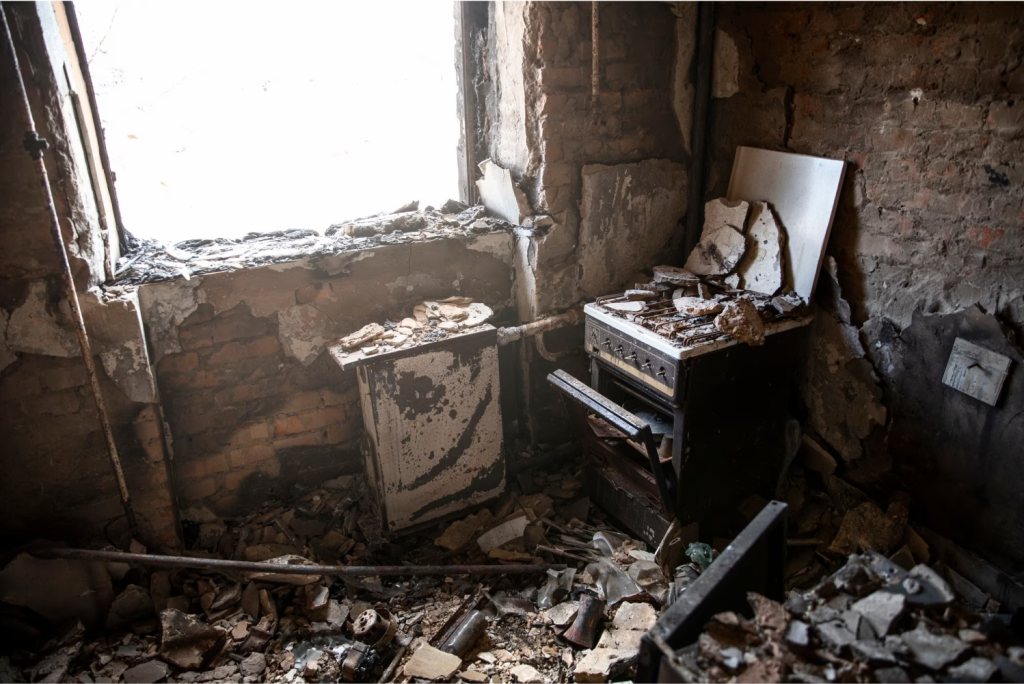Disaster Relief and Preparedness – Cause
Disasters are a reminder of our vulnerability and interdependence. They call for the involvement of government, corporations, foundations, charities, and people like you. With the rising frequency and severity of disasters, and the likely surge in natural disasters ahead, supporting charities that help those affected by disaster is a sign of empathy, community, and hope.
While there seems to always be some urgent need, disaster relief organizations need your support year-round. In the wake of natural disasters, charities provide a wide range of services to help communities in need. While most of these services are concentrated in the period after the first 72 hours and within the first two years of a disaster, charities remind us that funding for disaster preparedness and longer-term needs is also important.
Whether you are responding to a recent disaster or want to support a charity that can effectively respond to future emergencies caused by pandemics, natural disasters, or man-made disasters, BBB’s Give.org urges you to start by taking the time to learn more about the organizations. To assist with that objective, we offer the following.
At the end of this section, we have curated a list of disaster relief and preparedness organizations that have already been vetted by Give.org and found to meet the 20 BBB Standards for Charity Accountability. The list includes links to the full reports on these organizations (i.e., an evaluation shows they meet the 20 BBB Standards for Charity Accountability). Click on the links to access the full reports on each charity.
Three major categories of disaster
Disaster relief and preparedness organizations work to prevent, predict, and mitigate the effects of disasters. They help educate, build capacity, and prepare to effectively respond when a disaster strikes your community, in the United States, or internationally. Disasters come in many shapes and sizes, but generally fit within three categories:

Natural Disasters
Natural disasters happen when a natural event threatens human safety or damages to property and critical infrastructure. Examples of natural disasters include hurricanes, wildfires, heatwaves, earthquakes, mudslides, tornados, tsunamis, and floods. These disasters can be seasonal or happen without warning, but they are occurring more frequently and severely than they used to, making the line between a natural and a man-made disaster harder to draw.

Man-Made Disasters
Man-made disasters are caused by human intent, error, or negligence that result in harm to human safety, property, or the environment. Examples of man-made disasters include industrial accidents, oil, or chemical spills, mine accidents, structural collapses, shootings, and acts of terrorism.

Complex Humanitarian Emergencies
Complex Humanitarian Emergencies (CHEs) are humanitarian disasters resulting from multiple social, health, and political causes, that require a broad and integrated response. As described by the Center for Disaster Philanthropy, characteristics of Complex Humanitarian Disasters include: war or conflict, human suffering and death, large numbers of affected and displaced people, human-caused environmental destruction, weakened public institutions, and public health emergencies and outbreaks.
Phases of Disaster Relief
Most disasters go through three periods of activity: rescue, relief, and recovery.
- Rescue Phase: This phase of activity takes place immediately as trained search teams, medical workers and others carry out their life-saving work. Media also quickly arrive on the scene and provide images of damaged homes, broken roads, and people in danger. This is the phase of activity that gets the most emotional response from potential donors. They are moved to do something to help and turn to charitable giving as a means to assist those in need.
- Relief Phase: During the relief phase charities provide shelter, meals, clothing, blankets, water and other essentials for victims and their families. Charities that have experience in disaster relief activities and already have a presence in the impacted areas are more likely to provide help quickly and efficiently than newly created efforts.
- Recovery Phase: The last phase of disaster activity usually takes the longest to accomplish: the recovery phase. This involves community efforts to rebuild after the physical damage has been done. Charities and other organizations will be involved in helping families build homes, schools, houses of worship and repair roads. This phase can take considerable time and huge sums of money. Unfortunately, the fundraising for these operations usually takes place after the headlines have passed and the media cameras are gone.
More Information
See the Give.org Donor Trust Report on Disaster Relief Donor Expectations: This special edition of the Give.org Donor Trust series surveys 2,100 adults in the U.S. through an online panel, the report includes input from 68 disaster relief charities. Through the donor survey, BBB Wise Giving Alliance aimed to better understand the beliefs and expectations that the public brings to the disaster relief giving process. The charity survey, in part, sought to identify where organizations might improve practices in their outreach to potential contributors, particularly immediately following a significant disaster.
Largest BBB Accredited Charities Addressing Disaster Relief
Omitting the value of donated goods and services the charity received, the five largest BBB Accredited Charities engaged in domestic and/or international disaster relief are:
As disasters take place, visit the Give.org homepage to access more complete and current listings of BBB Accredited Charities engaged in solicitations for that tragedy.

